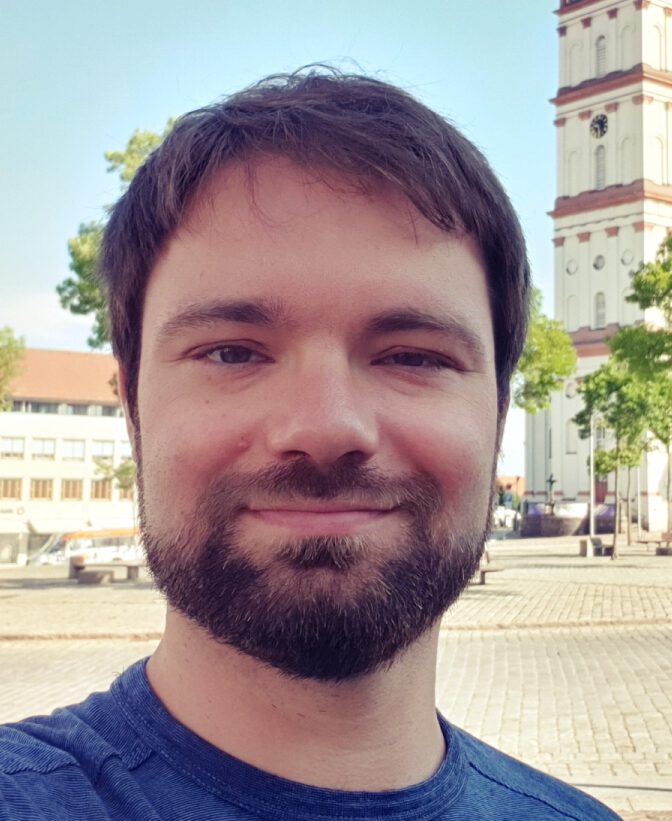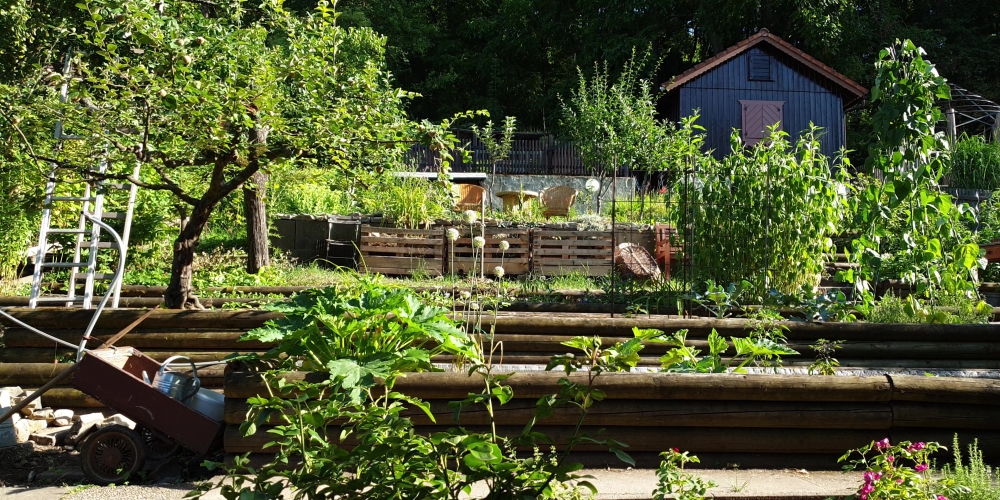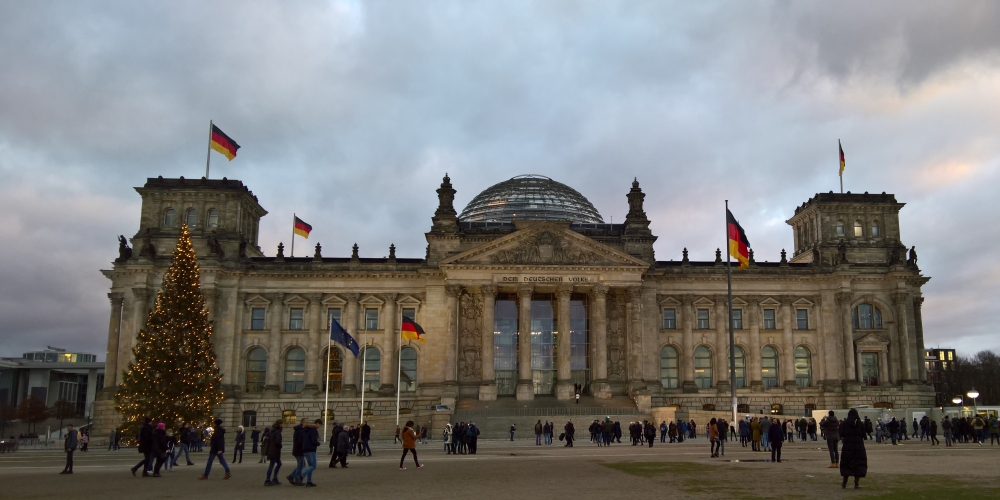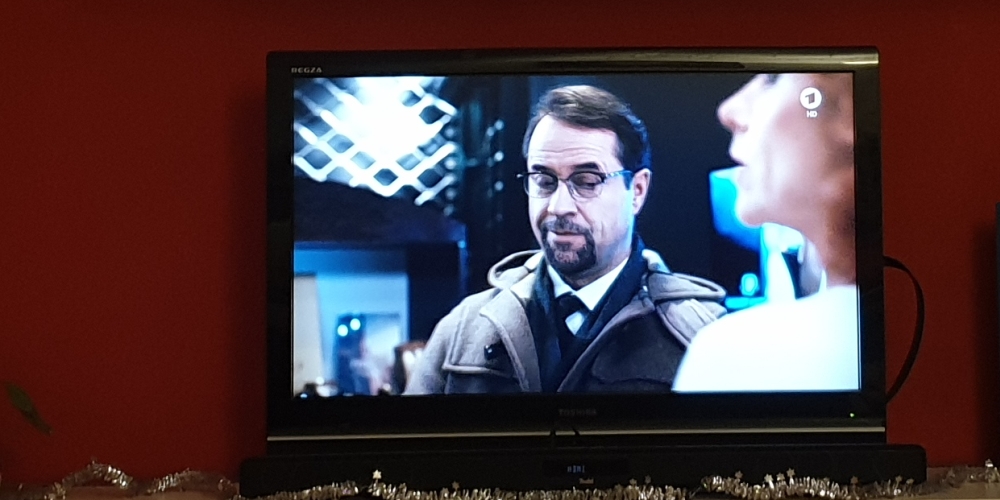will be translated soon
“Schrebergärten” oder “Kleingärten” sind für manche Ausländer, aber besonders für nichteuropäische erklärungsbedürftig. Davon habe ich nicht nur gelesen, sondern diese Erfahrung auch persönlich gemacht.
Scheinbar ist es für Beobachter von außen nicht ganz klar, ob es dauerhaft bewohnte kleine Häuser sind oder etwas anderes. Dabei sind keine Wohnungen für Arme und auch nicht einfach Wochenendhäuser. Es steht dahinter ein Phänomen, dass es Mitteleuropa weit verbreitet ist.
Entwicklung
Um sie zu verstehen muss man in die Vergangenheit gehen. Im 19. und frühen 20. Jahrhundert, zur Zeit der Industrialisierung, zogen viele Leute vom Land in die Städte. Diese waren vom schnellen Bevölkerungs- und Wirtschaftswachstum geprägt. Überall entstanden neue Fabriken, die aber das Leben in den Städten schmutzig und unangenehm machten. Zumindest in den Vierteln der Arbeiter. Die Massen von Fabrikarbeitern wollten frische Luft, konnten sich aber keinen Urlaub leisten. Bis auf die Sonn- und Feiertage hatten sie gar keine freien Tage. Die Leute waren auf ihre engen Stadtwohnungen beschränkt. Außerdem wuchs die Bevölkerung sehr stark – das führte auch zu großer Armut. Die Ernährung der Armen war ein Thema.
Die Lösung waren kleine Gärten, in denen man sich erholen konnte und auch Obst und Gemüse für die eigene Ernährung anbauen konnte. Dafür musste nur eine geringe Miete (Pacht) bezahlt werden. Die einzelnen Gärten waren wie heute noch umzäunt und nebeneinander gestellt. Auf dem Grundstück befinden sich meist kleine Häuschen (“Lauben”). Die Kleingärtner organisierten sich in Vereinen. Die Kleingartenanlagen entstanden am Stadtrand. Später, durch das Wachstum der Städte wurden einige aber auch von ihr umschlossen.
Diese “Kolonien” oder “Siedlungen” waren viele nebeneinander liegende Gartenparzellen, mit gleicher Größe, Form und das Ganze war organisiert (in Vereinen). Sie passten also zur Moderne bzw. zur Industrialisierung. Man ist in der Masse aufgegangen – das war eine Entwicklung der Zeit. Gleichzeitig aber auch eine Art Gegenbewegung. Man hat ein Stück gesundes Landleben in der Industriestadt bekommen.
In der Mitte des 20. Jahrhunderts waren sie auch noch mal wichtig. Vor Allem nach dem Zweiten Weltkrieg, als die Wohnungen knapp waren, durch Zuzug und Zerstörung, wurden manche Gärten auch dauerhaft genutzt. Die Phase des Wiederaufbaus war von großen Gebäuden für viele Bewohner geprägt. Auch da gab es ein Bedürfnis nach ein wenig Natur in der Großstadt…
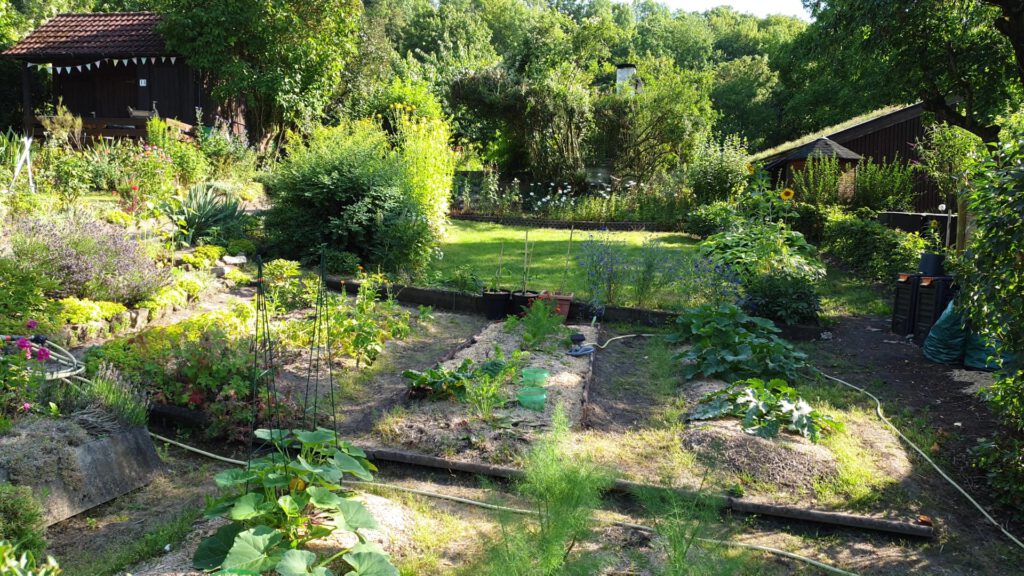
Mit der Entwicklung der Wirtschaft/Gesellschaft und erweiterten Möglichkeiten wurden die Satzungen der Vereine immer wichtiger, denn mit der Individualisierung bestand auch die Gefahr, dass jeder sein eigenes Ding macht. Durch den Verlust der Gleichheit bestand die Gefahr, dass der Charakter der Siedlungen verloren geht. Dadurch werden die Satzungen streng durchgesetzt. Es mutet heute manchmal absurd kleinlich an die ganzen Regelungen durchzusetzen und aufrecht zu erhalten – Höhe von Hecken (damit man sich nicht abschottet…) und der Zwang Gemüse anzubauen (um den Charakter zu halten).
Die Bezeichnung “Schreber”-Gärten und andere Namen
“Schreber-” kommt vom einem Arzt aus Leipzig, “Moritz Schreber”. Der hat Mitte des 19. Jahrhunderts eigentlich allgemein mit körperlicher Betätigung im Sinne der Gesundheit zu tun gehabt. Erst nach seinem Tod entwickelte sich aus seinen Ideen das Konzept des Schrebergartens. Kleingärten etc. Auch manchmal Datscha?
Gartenlaube -> das Haus darauf, manchmal aber auch Synonym zum Kleingarten.
Regeln
- Kleingärten werden üblicherweise verpachtet und nicht verkauft.
- man muss in einen Kleingartenverein eintreten. Dieser stellt Regeln auf
- Man darf nicht dauerhaft darin wohnen.
- Es gibt genaue Vorschriften wie groß das Garten-Haus ist, das man bauen darf.
- auch ist oft vorgegeben wie viel Fläche mindestens mit Gemüse angepflanzt werden darf. Auch die Höhe der Hecken ist streng geregelt.
Manche Siedlungen haben sich gewandelt. Die Leute haben (trotz Verbot) ihre Häuser immer mehr ausgebaut, so dass sie eigentlich kleine Wohnhäuser sind.
Besonderheiten
Manchmal liegen sie dort wo man überhaupt keine Entspannung vermuten würde: direkt an Bahngleisen oder Schnell-Straßen etc. Ich vermute der Grund der Platzmangel in den Städten.
Mit Fahnenmasten kann man sich ausdrücken. So sieht man Deutschland-Fahnen oder andere Fahnen mit denen die Leute sich verbunden fühlen.
Bedrohungen der Kleingarten-Kultur
Als die bestehenden Kleingärten-Kolonien vor Jahrzehnten gegründet wurden lagen sie meist am Stadtrand. Die Städte sind oft um sie “herumgewachsen” und liegen oft innerhalb der bebauten Flächen. Siedlungen in solchen Lagen sind heute oft begehrtes Bauland.
Früher, als Lebensmittel gemessen am Einkommen noch teurer waren hat das Selbst-Anbauen von Gemüse einen Vorteil gebracht. Heute kann man allerdings jedes Gemüse zu günstigen Preisen im Supermarkt kaufen. Auch ohne Gartenarbeit. Das Anbauen von eigenen Lebensmitteln ist heute also nicht mehr nötig, sondern ein Hobby. Es geht hauptsächlich um Erholung in den Gärten. Dadurch geht in manchen Regionen etwas von der ursprünglichen Kleingarten-Kultur verloren.
Allerdings muss man dabei bedenken, dass diese Kleingarten-Kultur eng mit der beschriebenen Industrialisierung verbunden ist. Die Kleingärten sind also ein Phänomen, das sich langsam wandelt.
Wie viele gibt es?
Es gibt in Deutschland fast 1 Million Kleingärten. In Ostdeutschland sind sie auf die Einwohnerzahl gerechnet aber 3 Mal so häufig wie in Westdeutschland. Das hat historische Gründe. Während der Teilung Deutschlands in zwei Staaten wurden in der DDR viele Wohnblöcke gebaut und für deren Einwohner wurden auch gleich Kleingarten-Kolonien angelegt. In den neuen Bundesländern gibt es rund 500 000 Gärten. In den alten Bundesländern genauso viele, obwohl dreimal so viele Menschen dort leben.
Weitere Infos:
https://www.gartenhaus-gmbh.de/magazin/schrebergarten-die-10-wichtigsten-zahlen-und-fakten/
